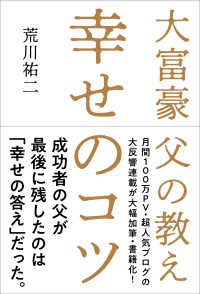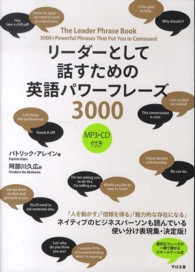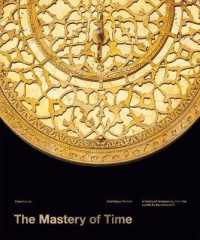Full Description
"This book provides a wealth of information for teachers who are seeking new ways to meet the needs of all learners for high academic achievement!"
—Marguerita K. DeSander, Assistant Professor of Leadership and Policy Studies
The George Washington University
"Using this book as part of the alignment process will greatly enhance any classroom curriculum!"
—Joen M. Painter, Education Consultant
Develop integrated, meaningful units that engage students and address multiple standards!
Using a student-oriented approach, Clustering Standards in Integrated Units, Second Edition, offers guidelines for designing interdisciplinary units that combine content areas, address standards, and involve students in their own learning and assessment.
Diane L. Ronis offers a framework for organizing, implementing, and evaluating units and provides sample rubrics, templates, and reproducibles for the planning process. Drawing on a constructivist approach and geared to meet students' individual learning needs, the text demonstrates how to:
Integrate content across multiple curriculum areas
Make instruction meaningful using new information about how the brain works
Encourage students to pose and investigate questions relevant to the real world
Access specific Web sites for meeting state standards
This book helps seasoned and novice teachers facilitate collaborative learning with teams of students and assist them in making significant connections between their own experiences and events in the real world.
Contents
Preface
Introduction
Acknowledgments
About the Author
1. Unit Components: Tools for Building Units
2. Organizing Instruction for Meaning: Planning for Learning and Achievement
3. How to Build a Better Rubric: Developing a Unit Assessment Plan
4. Unit Panorama: Using the Unit Planning Map and the Unit Overview
5. The Interdisciplinary Lesson Plan: Facilitating Investigation
Appendix I. Content Area Standards
Appendix II. Planning Forms
Bibliography
Index







